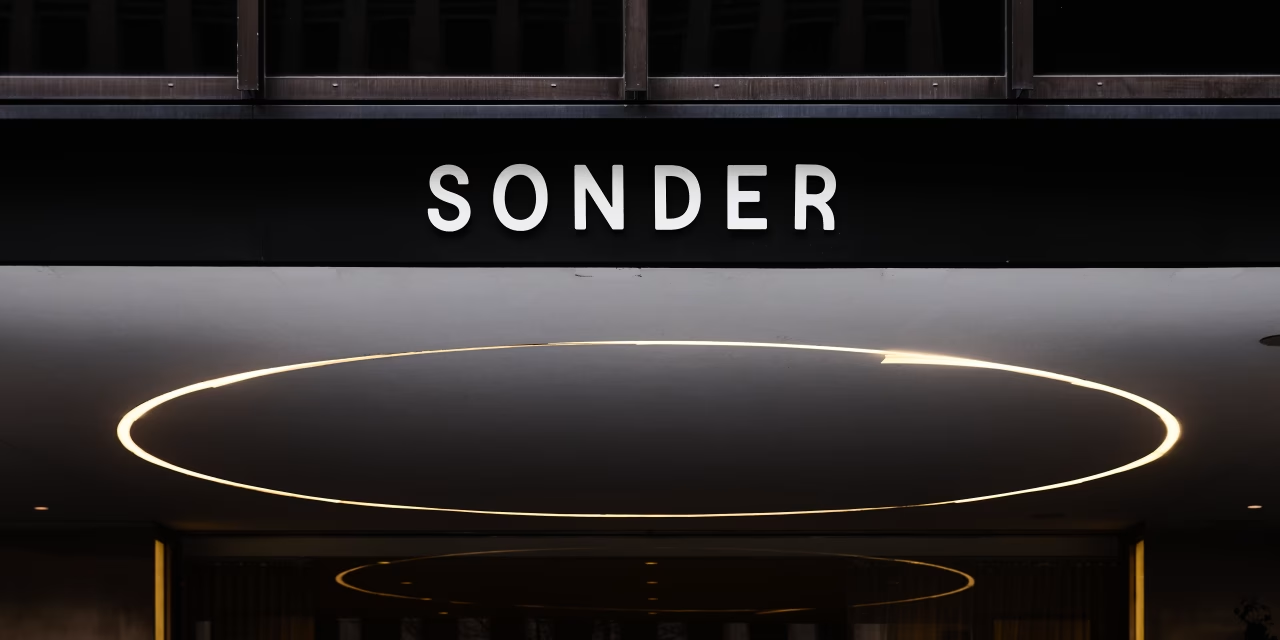Business
How Marriott’s Tiny Bet on Short-Term Rental Company Sonder Ended in Chaos

For Marriott International, the $15 million deal seemed like a low-risk way to add 9,000 rooms to its global portfolio.
So in August of last year, the world’s largest hotel chain struck a licensing agreement with an upstart short-term rental company called Sonder, whose twist on Airbnb-style booking was to provide guests with hotel amenities at apartment-like units across three continents.
Copyright ©2025 Dow Jones & Company, Inc. All Rights Reserved. 87990cbe856818d5eddac44c7b1cdeb8










